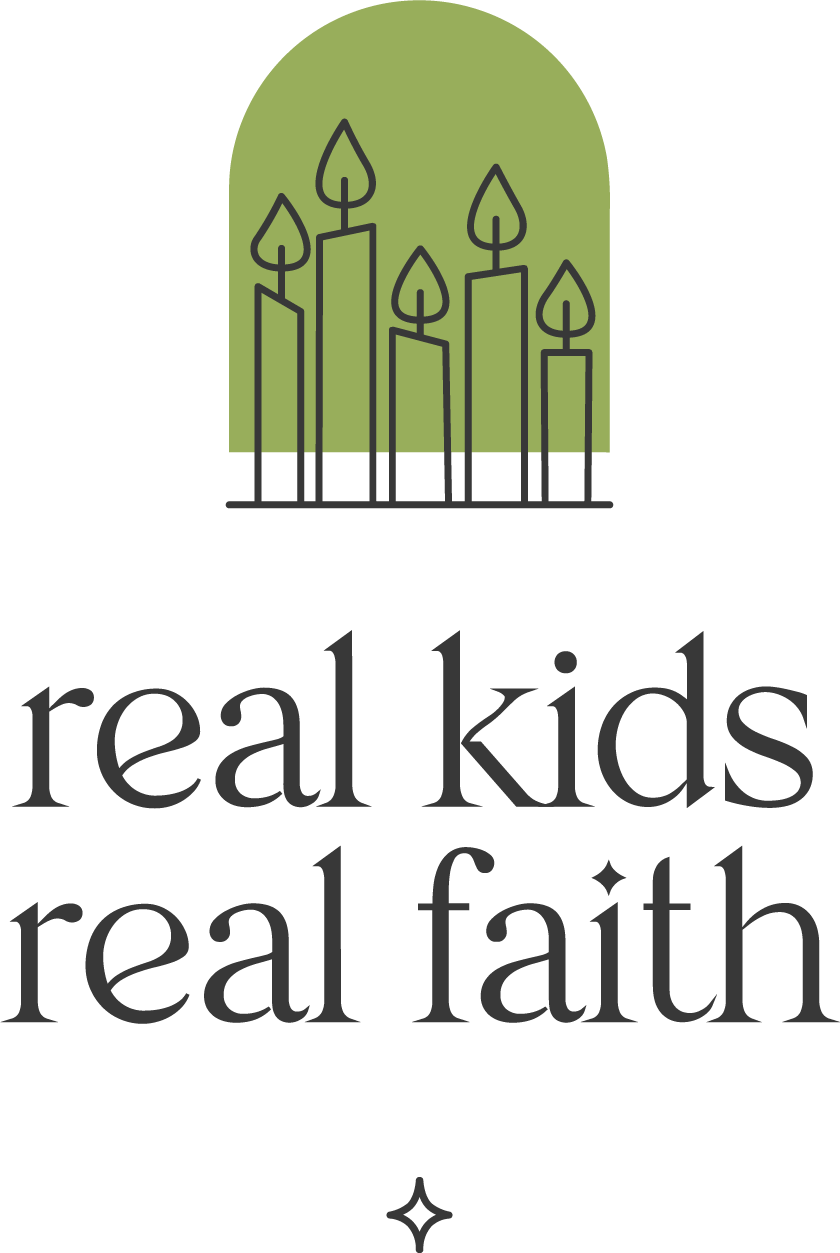When my daughter was four, she came home from school and told me that we could no longer show our teeth when we smiled. She’d heard that people are supposed to smile with their mouths closed, a ‘rule’ she still follows as a middle schooler.
Selah, the central character in Meg Eden Kuyatt’s book, Good Different, develops similar rules as she embraces her identity as an autistic person. She tells her story through journal entries and poetry, inviting readers to see things from her perspective.
Use one or more of these activities with older elementary children to explore neurodiversity and some emotional regulation practices that both neurodivergent and neurotypical kids might find helpful.
Building understanding. Selah doesn’t want Addie to braid her hair, but she lets her do it anyway because she knows Addie is trying to be nice. Overwhelmed by all the touching, Selah then hits Addie. Ask children: I wonder how Addie and Selah could have handled the situation differently? Invite them to act out their responses. Then ask: When have you been in a situation like this? What happened? How would you have liked things to have gone differently? Encourage them to act out their alternative scenarios.
Processing with poetry. Selah writes poems as a way to process her experiences and share her thoughts with her community. Invite children to write their own poems about something they are processing. They can address the poem to themselves, like a journal entry, or to other people, like a message. Remind them that – like Selah’s poetry – they don’t have to rhyme their words unless that’s the kind of poetry they like to write. Encourage those who wish to share their poems to do so.
Communicating with bands. Selah discovers a set of colored bracelets that she can wear to tell people if she has the capacity to engage with them. Green means ready to engage, yellow is somewhat overstimulated and limited ability to engage, and red is overstimulated and cannot engage. Invite children to demonstrate how they look and feel when they are at each color stage. Say: When I call out green, yellow, or red, let your face and your body communicate your emotions. You might also make bracelets together.
Feeling different. Selah feels different from other students. She researches autism and discovers that it describes some of the ways she experiences the world differently than neurotypical people. Say: Sometimes doing research can help us understand ourselves better. Invite children to research something about themselves that they don’t understand. For example, they might wonder why they have curly hair, struggle with math, or startle easily at loud noises. After their research is finished, ask, “How did doing research help you better understand yourself? What else might you learn about yourself through research?”
Rewriting rules. Selah’s initial ‘Rules to Being a Dragon’ are supposed to help her be ‘Normal’. Later, she writes ‘Selah’s NEW Rules’ that better reflect who she is and how she wants to act. Invite children to compare the two lists, noticing differences. Ask: What rules do you try to live by? Encourage them to make a list. Then ask: Which of your rules would you change if you could? What would help you make those changes? Brainstorm ways to help each other.

Comments